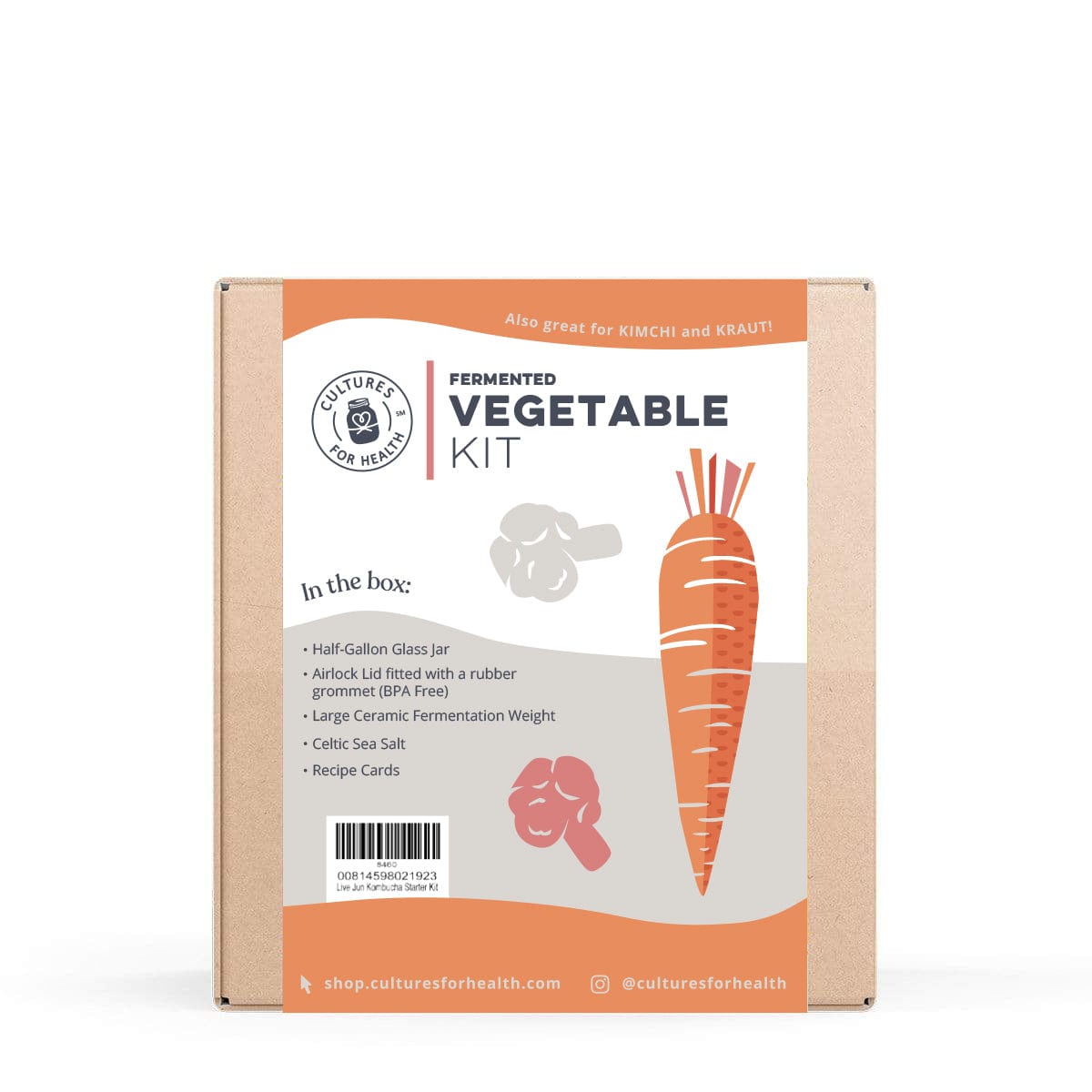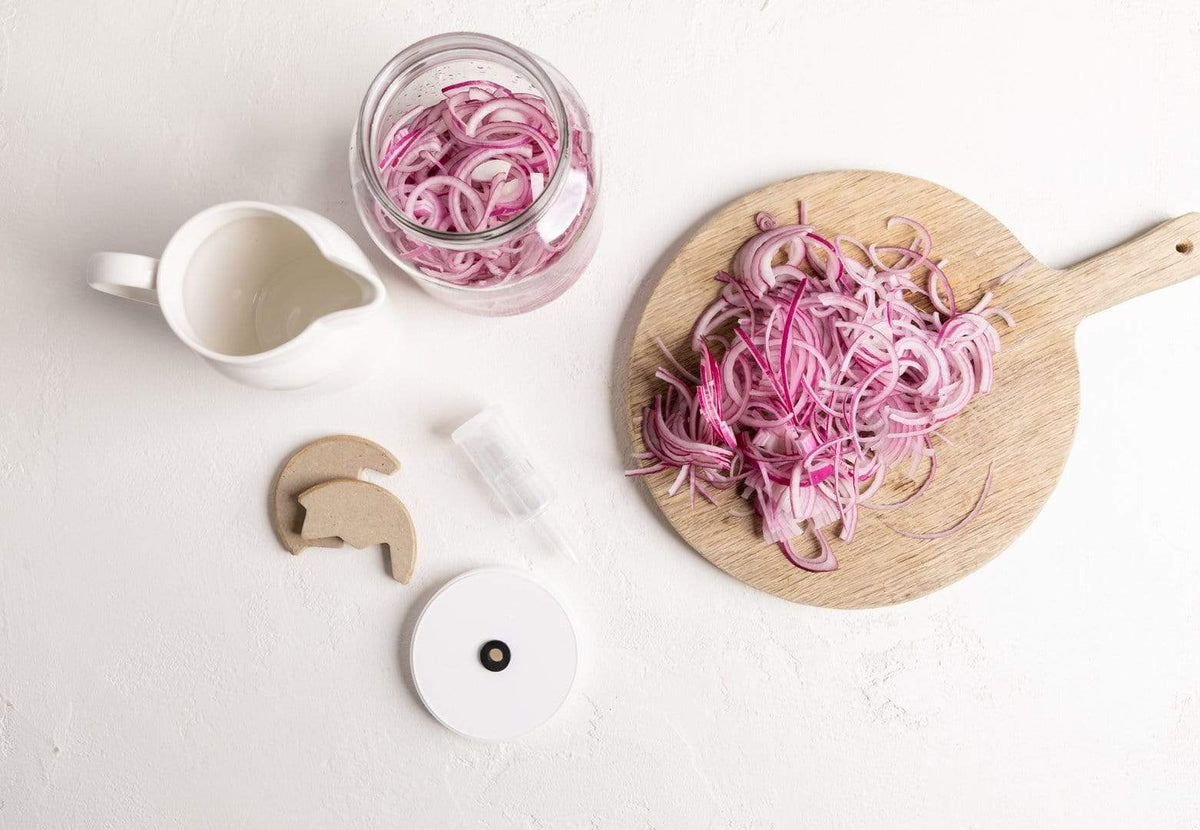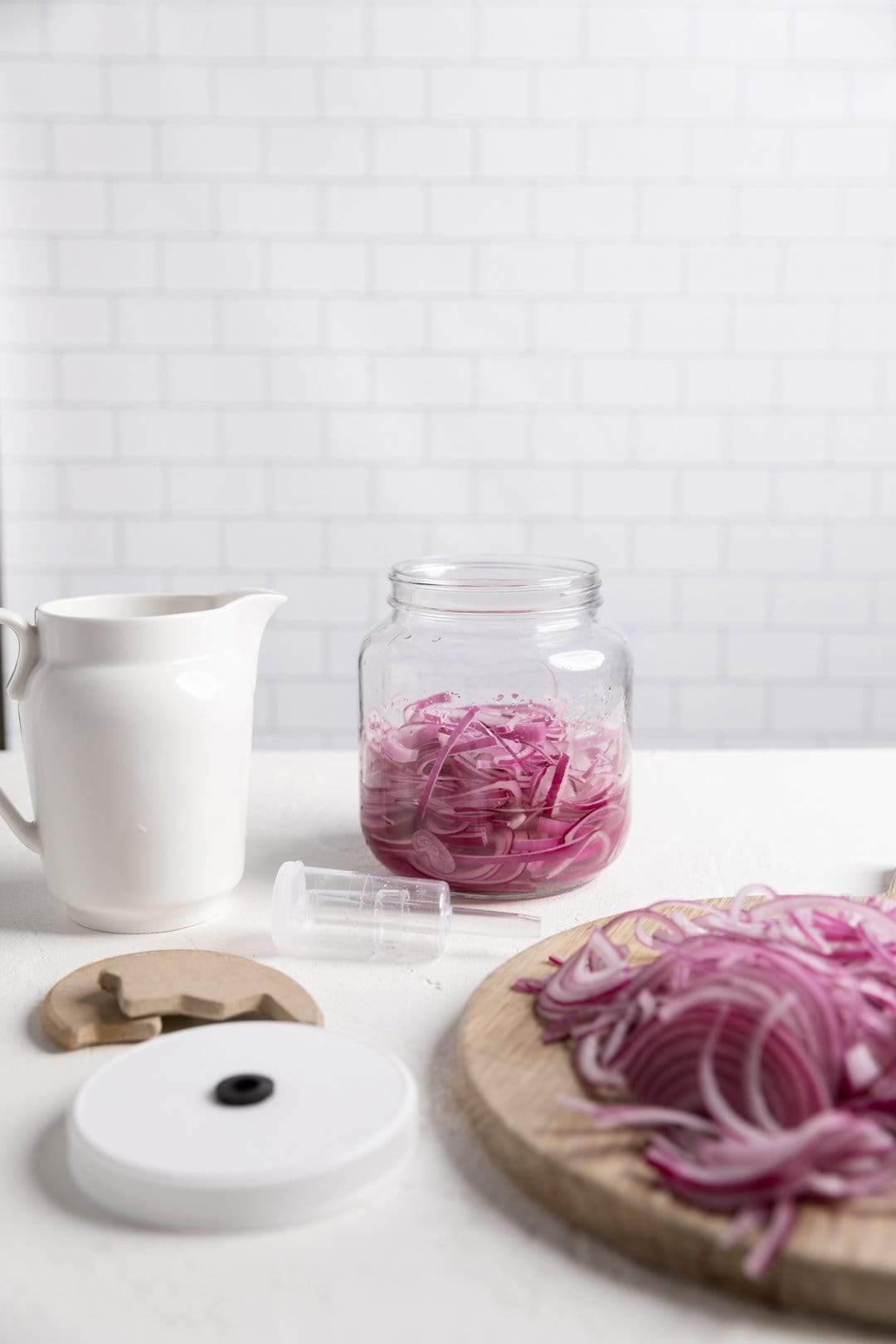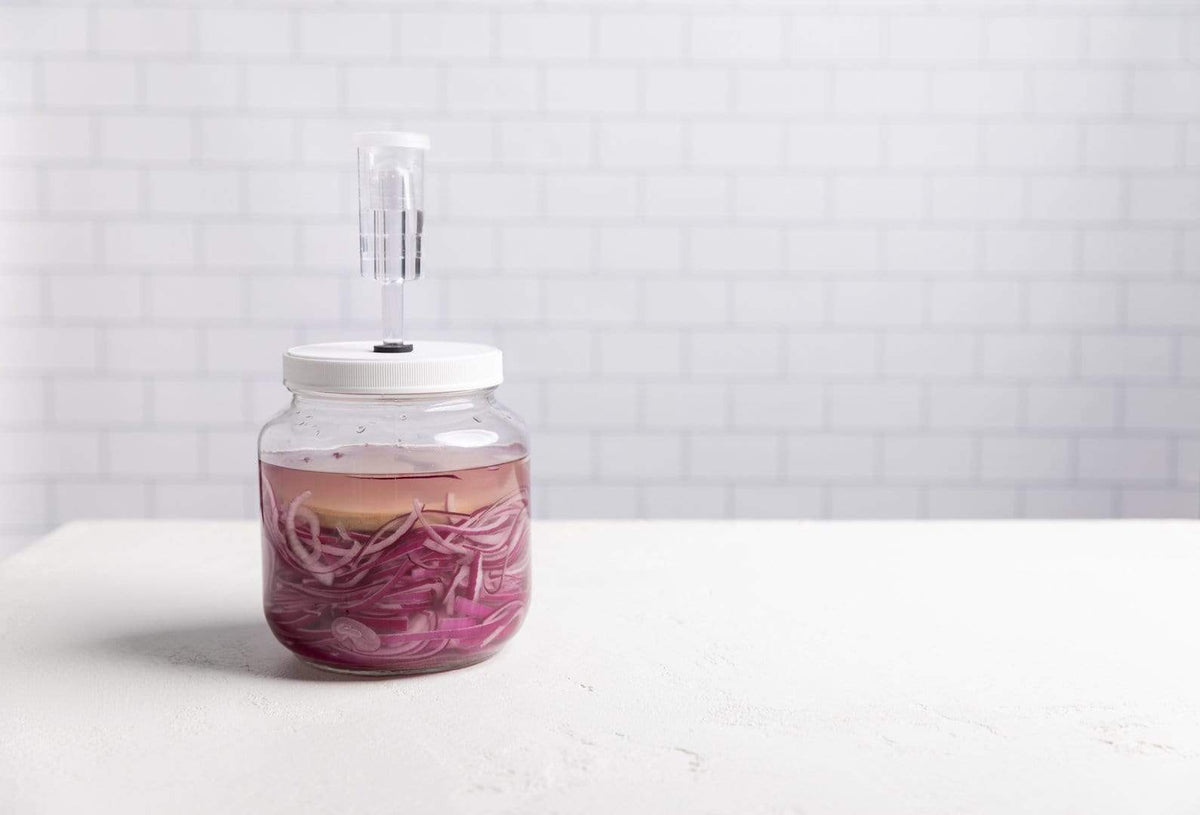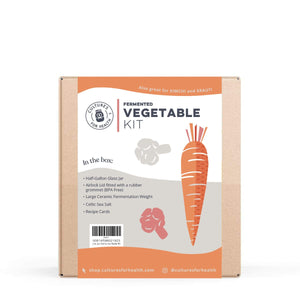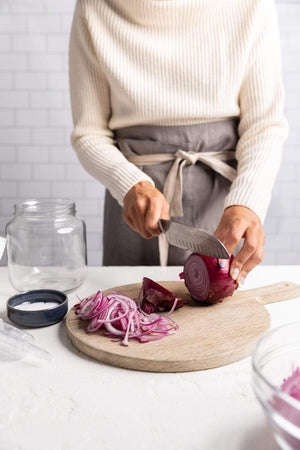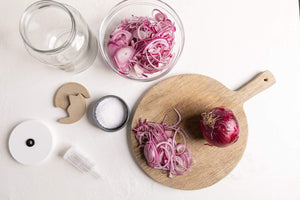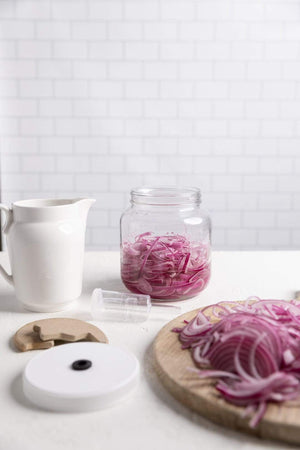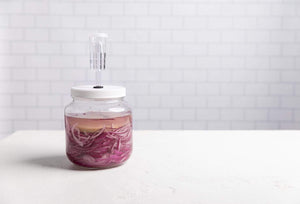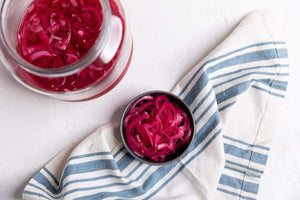
So, your garlic turned blue green, what is going on? The blue garlic that appears infermented garlic isn't always a bad thing. It’s just a harmless enzyme reaction, which happens due to an enzyme calledalliinase, which breaks down the amino acidalliin intoallicin. Allicin is what makes the garlic turn blue when pickled in a vinegar solution. Continue reading to learn everything you need to know about this strange phenomenon.
Why Does Garlic Turn Blue?
Garlic sometimes turns blue when you ferment things with it; for example, when you add garlic to other fermented vegetables. This strange phenomenon has baffled both laypeople and scientists.
In the last several years, scientists have made some interesting progress unraveling the mystery of why garlic turns blue. Here are a few common reasons why your garlic turns blue:
Enzyme Reactions Cause the Blue-Green Color:
The color and flavor of garlic are determined by the compound S-Allyl-L-Cysteine Sulfoxide (alliin). It’s an amino acid that breaks down into allicin, which creates garlic’s unique smell.
In simple words, when you cut or crush garlic, an enzyme called alliinase reacts with another compound called alliin in garlic. The reaction produces a sulfurous compound called allicin (also known as diallyl-thiosulfinate). Allicin gives garlic the characteristic odor and taste that comes with crushing or cutting.
This is garlic’s natural defense mechanism. Imagine that the garlic is releasing its own tear gas when it’s attacked. It just so happens that humans mostly like this “tear gas” that repels some other animals.
Later, the chemical reaction that makes garlic turn blue (the actual color is green-blue) is the formation ofpyrroles. When garlic is in contact with acetic acid (a monocarboxylic acid found in vinegar), the allicin reacts with amino acids and forms carbon-nitrogen rings called pyrroles.
Fermented Vegetable Kit
Sort of like when you see copper interact with oxygen to create a blue/green corrosion, which is why old pennies aren’t shiny and the Statue of Liberty is a green color instead of bright copper. These natural color changes come from different reactions, but the end result is the same, a really unique color change.
Pyrroles:
Pyrroles are naturally colored polypyrroles (chain-link forms of the pyrrole molecule). They're found in many colorless natural pigments. Polypyrroles' color can turn from dark blue to black. When three pyrroles link together, they create blue, while four pyrroles create green.
In a nutshell, pickled garlic soaked in acidic solutions sometimes changes to blue or green because it reacts with other compounds present in the acidic solutions. Raising the temperature during cooking speeds up these reactions by making the enzymes more active.
Other Reasons Garlic Turned Blue:
Blue garlic can also be caused by a reaction between sulfur compounds in the garlic, copper in water, or metal cooking utensils.
Generally speaking, garlic cloves that are not fully dry, immature, or red-skinned varieties are most likely to turn blue, purple, or blue-green during the fermentation.
Blue garlic can also occur when insufficient heat is applied to destroy enzymes. 
Is It Safe To Eat Garlic That Turns Green?

Greenish blue garlic is not harmful in and of itself. The product is safe to eat unless it coincides with other spoilage signs. For instance, soft rotting or an offensive odor are good signs to not eat your ferment. But that’s true anytime you ferment!
The Takeaway for Blue Garlic:

Garlic has a number of properties and characteristics that make it worthwhile. Greenish blue garlic can result from a reaction between garlic's natural sulfurs, enzymes, and copper or iron utensils. It's an enzyme reaction that is harmless but quite colorful.
Featured Image from GrammarFascist, CC BY-SA 4.0 <https://creativecommons.org/licenses/by-sa/4.0>, via Wikimedia Commons














